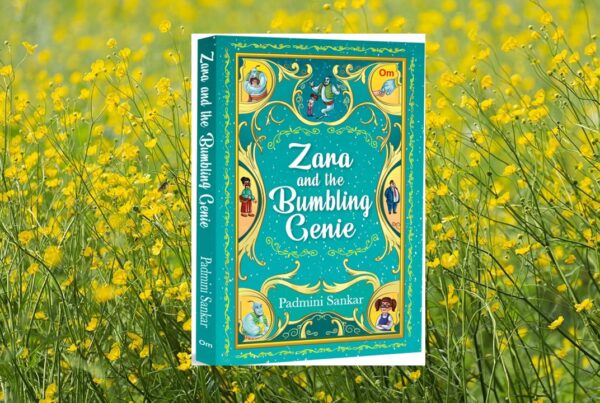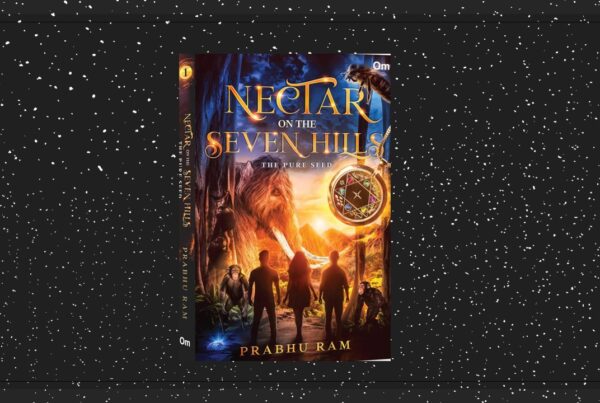Sajita Nair’s The Grande Matriarch of Malabar is the story of one woman’s fight to preserve her heritage. Dakshayani Amma is the matriarch of Kalyedath Tharavadu that stands on the cusp of change; the matrilinear system or Marumakathyam is close to being discarded, inequities are openly challenged, children are leaving the nest, and new money is flowing in.
Dakshayani Amma is uncomfortable with all this change, and she holds onto the hope that her differently-abled daughter, Pavizham, will help prolong Kalyedath’s lineage and save the family house or the Tharavadu Veedu. The elderly matriarch is ready to go to any extent to preserve what she holds dear, even if it comes at the cost of her relationships. Amma’s eldest son Achyutan feels he is a mere puppet as he struggles to satisfy her every whim.
The story alternates between the present day and the past. It begins with Dakshayani Amma’s granddaughter, Rohini, visiting the family house from the States, in the hope of selling it. The author also delves into the past, exploring the power play between the different members of the family, and the changing socio-political environment of the 60s.
The author’s writing is poetic, and a masterclass in the show-don’t-tell technique. Kalyedath house, the surroundings abounding with thickets and jackfruit trees, and the rituals to ward off the Nagadosham or the snake curse, all make for a very engaging and visual experience; akin to watching a full-fledged movie.
This work has a literary fiction quality to it, with memorable characters. The protagonists, particularly Dakshayani Amma, don shades of grey. What wasn’t satisfying for me was that she doesn’t realize the devastating impact of her manipulation till the very end. Achyutan snaps, but even that doesn’t deter her from her obsession.
It was interesting to see how Amma’s dominating brother, the Karanavar, is subdued in a reversal of fates. Pavizham is yet another intriguing character; she strives to fit in a world that isn’t ready to accept her fully. She also carries the burden of her mother’s expectations. The other women like Gowri and Sreekala also have an important role to play; they too are pawns in the game.
Personally, this book was a nostalgic read. It took me back home, back to Kerala with mentions of mouthwatering food and colloquial references. A memorable read that lands an important message; with the concept of joint family disappearing, how should heritage buildings be conserved, or will they fall victim to modernization?




